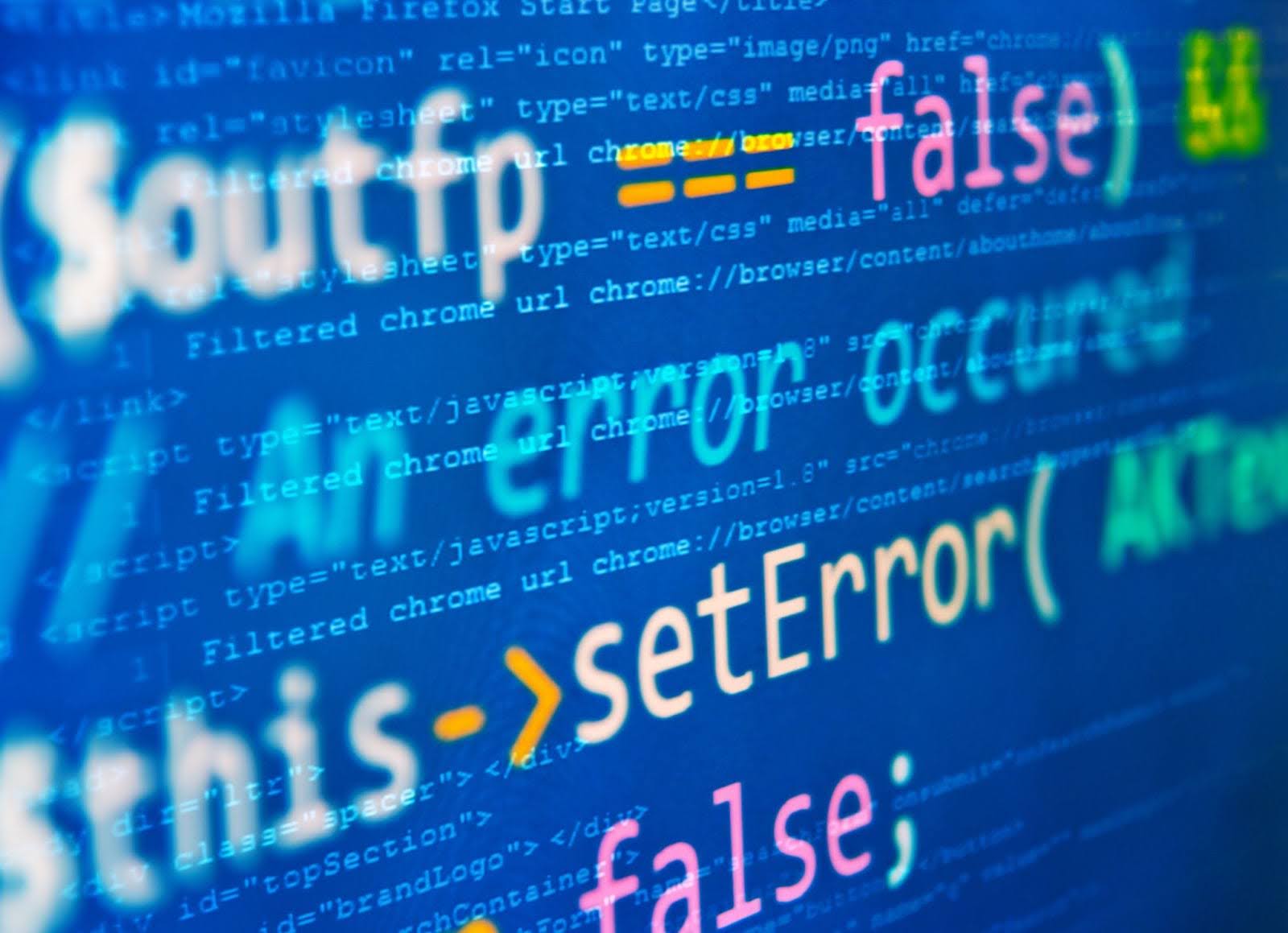
The software industry — particularly the game development sector — is burdened with a phenomenon known as “crunch time” or “crunch mode”.
Crunch time usually happens in the run-up to a major product milestone, when team members are asked to put in extra hours to meet a delivery deadline. Sixty-hour weeks aren’t uncommon during these periods. In fact, 25% of software developers report working over their contracted hours every week in the run up to the release.
Such intense work schedules can have disastrous effects on staff and business outcomes. In this article, we will shed light on software development crunch time, and explore its effects and possible solutions.
Why is Crunch Time So Prevalent in Software Development?
Software developers have grown to accept crunch time as part of their job for various reasons.
First of all, tight deadlines are an ever-present part of software development projects. Usually, clients or businesses want products to be released as early as possible. In addition, it’s not uncommon for developers to work across different projects — their workload increases, but the deadlines stay the same.
Mismanaged client expectations can also cause crunch time. Clients — particularly those without technical coding knowledge — may ask for a complex project to be completed quickly without understanding the project’s requirements.
It’s important to take the time to understand the full scope of the project before agreeing to a deadline. Or, if a deadline is agreed to, it’s critical to keep the client informed of any derailments so that the deadline can be adjusted appropriately.
Finally, scope creep can make once reasonable deadlines extremely tight. Continuously adapting to new requirements can force software developers to work overtime to keep pace. Teams must openly communicate with the client to proactively manage the first signs of scope creep in a project and stay aligned with the initially agreed-upon plan.
How Does the Crunch Affect Software Developers?
Burnout
Working overtime day after day in the run-up to a product release can have devastating effects on employees’ mental wellbeing. In a 2021 study carried out by Asana, nearly half of respondents cited overwork as the key driver of burnout.
Burnout is more than just stress. It results from prolonged stress that can cause feelings of apathy, disillusionment with work, and even physical ailments like high blood pressure and heart disease.
Disengagement
Overworking and crunch time in software development can cause wider effects on the entire team. When having to work excessively, employees’ morale will lower, driving disengagement in the workplace.
Gallup defines actively disengaged employees as “those who have miserable work experiences and spread their unhappiness to their colleagues.” When one employee becomes disengaged, others begin to lose interest, too. It’s critical to give employees time to unwind so they can achieve a healthy work/life balance. Crunch time isn’t worth the entire team becoming less productive.
Wider Effects on Software Developers’ Home Life
In 2004, a woman posted an anonymous blog as “EA Spouse”, shining a light on her husband’s working conditions, who was a developer at the Electronic Arts video game company. The post led to industry-wide awareness of the frequent reliance on crunch time in the video game industry. An extract from the post sums up how crunch time impacts a developer’s family life:
“When you keep our husbands and wives and children in the office for ninety hours a week, sending them home exhausted and numb and frustrated with their lives, it’s not just them you’re hurting, but everyone around them, everyone who loves them.”
Nearly two decades later, there are still reports of crunch time in the industry. It’s not unusual for software developers to have to choose between having a personal life and meeting a deadline.
Project Failure
Not only is it not viable for developers to work themselves into the ground, but crunch time rarely works for business. Cyberpunk 2077 was one of the most highly anticipated video games of the past decade. In December 2020, CD Projekt Red finally released the product after several delays.
A leaked email showed that studio bosses mandated six-day work weeks for developers. Crunch had become a requirement. According to anonymous employees, some developers had been working nights and weekends “for more than a year.”
What should have been a key moment for the business turned into a press nightmare — and not just because of the toxic work culture. There were countless reports of bugs in the game that made it “virtually unplayable”. This is just one example of how giving in to pressure from investors and encouraging crunch time doesn’t work.
How to Avoid Crunch Culture
Hire enough developers with the right skills: Continually assessing staffing requirements and bringing new developers on board for more complex projects can ensure that the workload is spread evenly among employees.
Instil a culture of transparency: Creating a space where developers feel comfortable speaking up about project progress and barriers can go a long way to eliminating software development crunch. Without open communication, it can be difficult to reset client expectations when needed.
Implement bottom-up planning: Empowering developers to set their own, realistic deadlines gives them the opportunity to account for any potential project complexities in advance and avoid too-tight deadlines.
Adopt agile approaches: Agile methodologies allow for better planning and a continuous feedback loop, ensuring that there’s no last-minute rush to get the product out.
Crunch Time: An Unnecessary Evil
With more people recognising the importance of their work-life balance, it’s clear that there’s no room for the software development crunch anymore.
Trailblazing start-ups and indie game development companies are committed to implementing no-crunch policies in the hope of fighting the toxic expectation of overworking in the industry.
Although working extra hours is not always avoidable, it doesn’t need to be the norm for software developers.
Move Towards a Zero-Crunch Culture with BlueOptima
Achieving a zero-crunch culture involves a combination of adopting the right mindset and hiring the right people.
Here at BlueOptima, we may not be able to help you commit to longer deadlines and bottom-up planning, but we can help you put together a world-class team with the Predictive Assessment solution.
Our Predictive Assessment tool means crunch-conscious companies can quickly hire enough high-performing developers at the start of a project, which can go a long way to preventing overworking down the line.
Start your free trial of our Predictive Assessment solution today.
Related articles...

Article
Inside the $55 Billion Breach Puzzle: What Data Breaches Really Cost Enterprises
When thinking about the financial impact of cybersecurity breaches, the…
Read More
Article
How Software Quality Metrics Boost Team Performance
Measuring software delivery speed has become second nature for many…
Read More
Article
The Real Price of Technical Debt
For understandable reasons, businesses often prioritise speed over software quality….
Read More
Bringing objectivity to your decisions
Giving teams visibility, managers are enabled to increase the velocity of development teams without risking code quality.
out of 10 of the worlds biggest banks
of the S&P Top 50 Companies
of the Fortune 50 Companies